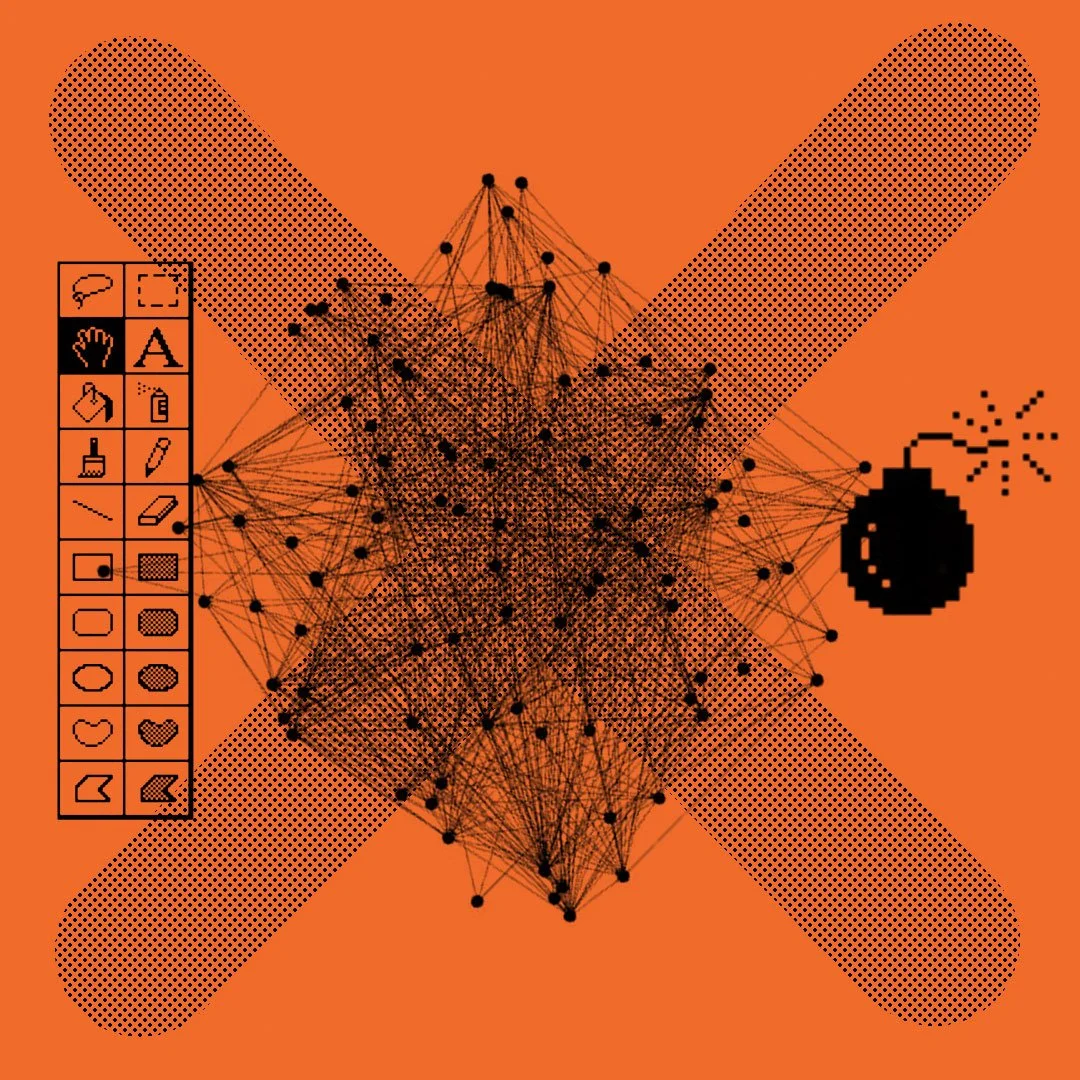Designing with Data…Not for It
We all know data can be powerful and if you know how to use it, it can show us all kinds of things, like patterns, uncovering behaviours and can help us understand what’s working. It sharpens decisions. Validates instincts. Offers perspective. But as someone deeply involved in design, branding and advertising...I’ve learned it’s only a part of the whole story.
We’re surrounded by performance dashboards, metrics, engagement scores, A/B tests, and monthly audits. And while these tools are useful...they can also lead us into creative autopilot.
A colour “performs better.” A layout gets “more clicks.” A certain post has “more reach.” So we follow the numbers. We optimise. We repeat.
But here’s the nuance...
Optimisation doesn’t always equal memorability.
And high engagement doesn’t always build long-term brand connection.
Often, we’ll draw conclusions based on a handful of metrics. A visual may have “underperformed,” but maybe it carried the strongest brand voice. A post may have gone viral, but was it realatable to the target market?
That doesn’t mean the data is wrong. It just means we need to view it alongside instinct, context, and creativity.
There’s value in mixing it up.
We shouldn’t design against data...but we also shouldn’t design for it, exclusively. Great brands have never relied on perfect metrics to define their path. They’ve been guided by clarity, originality, and the courage to experiment. Some of the most iconic campaigns in history would’ve failed a modern test—too bold, too quiet, too abstract. But they cut through.
Data helps us see what’s happening.
Design helps us imagine what could.
The opportunity is to blend both...using data to sense-check, not straightjacket.
To identify trends, then respond with craft.
To understand audience behaviour, but not let it dictate personality.
Because if everything is shaped by the same set of rules, nothing stands out.
For myself, I am always look at performance...but I continually ask...Are we building memory? Are we deepening connection? Are we still saying something that feels true?
If the answer is yes, it’s okay to have a post underperform.
It’s okay to test something different.
Because branding isn’t just about what happens in the moment.
It’s about what stays with people after it.
My top 10 thoughts on how to design with data.
Use data as a guide, not a gospel.
Let it inform your creative, but not dominate it. Sometimes the best ideas aren’t immediate hits—they’re slow burns.
Know which metric matters.
A click, a like, and a conversion all mean different things. Define success before you analyse it.
Mix intuition with insight.
Trust your eye. Trust the story. Data is reactive…your creative thinking can be proactive.
Protect the brand voice.
Don’t dilute your identity just to perform better in the short term. Recognition comes from repetition and clarity over time.
Create space to experiment.
Not every design or message needs to “win.” Some just need to explore. That’s where innovation lives.

